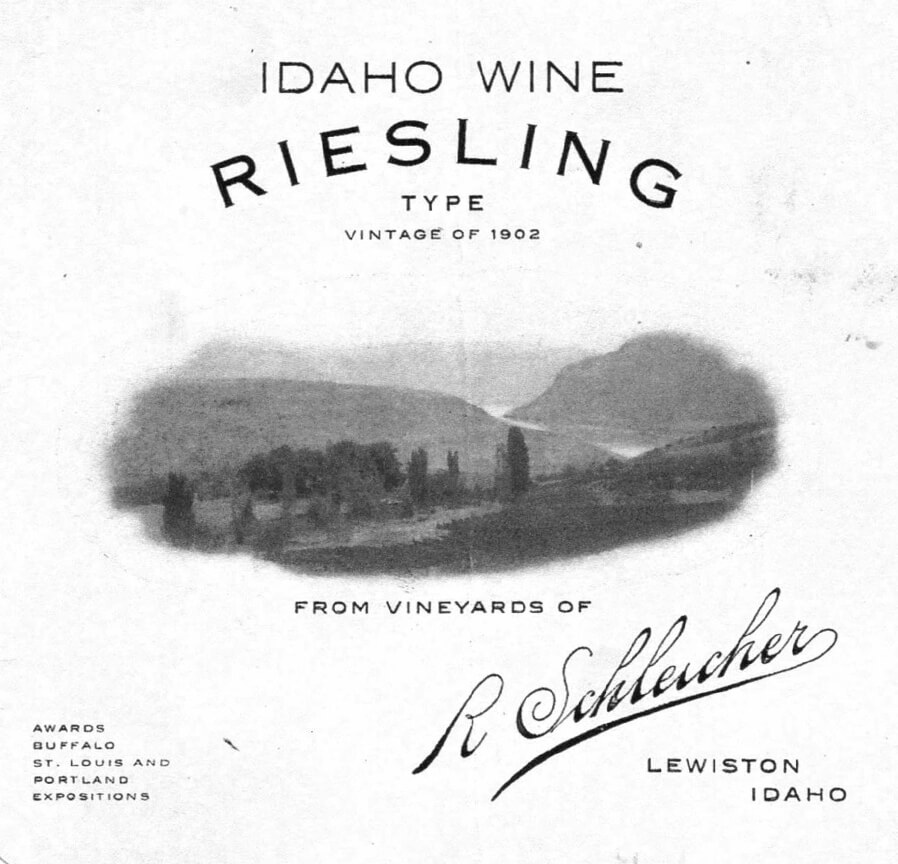REGION
The Lewis-Clark Valley wine region encompasses 479 square miles with nearly 100 acres of grapes currently planted throughout the Lewis-Clark Valley and steep canyons of the Clearwater and mid-Snake Rivers and their tributaries. Seven wineries, with more opening soon, create award-winning wines.

HISTORY
Vines were planted in the Lewis-Clark Valley as early as 1872. Varietals such as Petite Sirah, Petite Verdot, and Cabernet Franc were cultivated.
By 1908, 40 varieties of grapes were being cultivated. Two years later, Lewiston voted a ban on alcoholic beverages and the industry crashed. Most of the wine was turned into vinegar and winemaking virtually disappeared until the late 1990s.
Today, winemakers in the Lewis-Clark Valley are using locally grown grapes to create wines that compete on the national market. In 2016, the Lewis-Clark Valley became an official AVA (American Viticultural Area). With steep river canyons and plateaus within the AVA, it is home to the lowest elevation vineyards in the state that are successful in ripening a wide variety of wine grapes. Vinifera growing in the Northwest originated in the Lewis-Clark Valley AVA, dating back to 1872.

